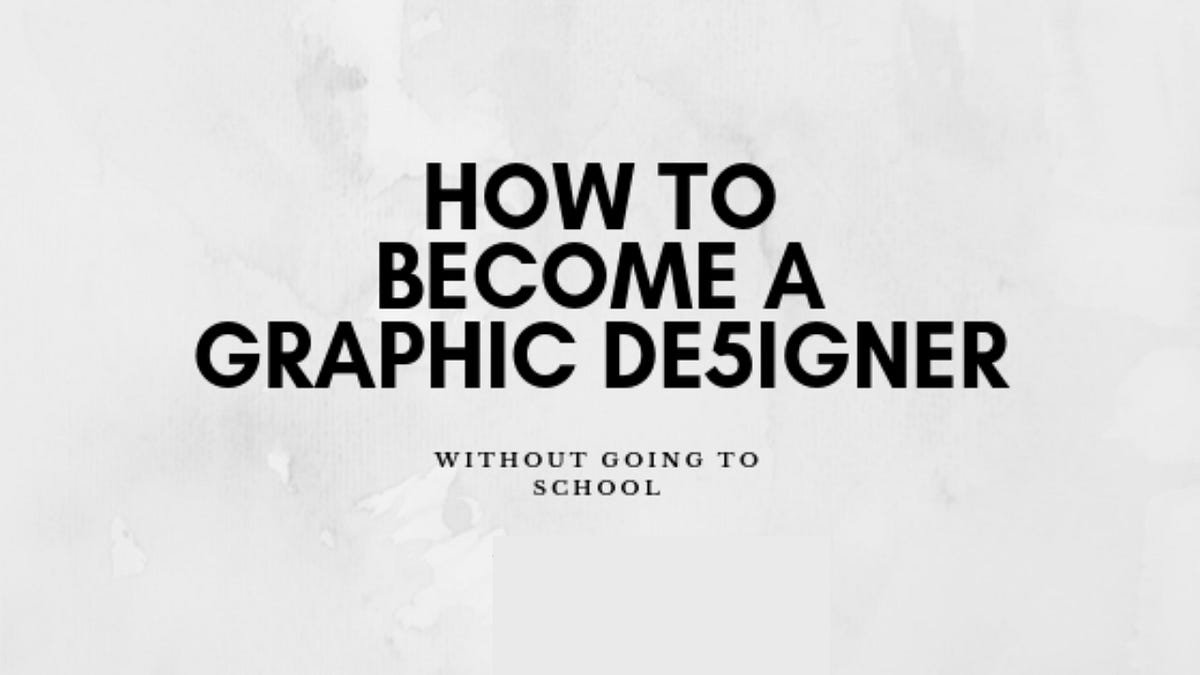Design school teaches you a lot—principles of color theory, composition, typography, branding, and software mastery. You learn how to critique, how to present, and how to build a portfolio. But the real world of graphic design? That’s a completely different classroom. One without grades—but with deadlines, clients, contracts, and coffee-fueled revisions at 2 a.m.
This article isn’t a knock on education. A graphic design or web designer is a spotlight on the hidden curriculum—the stuff you only learn once you step outside the safety of critiques and into the chaos of real-life projects.
Here’s what they don’t teach you in design school… but should.
1. Design Isn’t Always About You
In school, your work is often centered around your style, your vision, your portfolio. But in the real world? You’re designing for someone else. For their audience, their brand, their product, and their problems—not your artistic expression.
You’ll have to learn how to separate ego from execution.
You’re not the star—the solution is.
2. Clients Don’t Speak “Design”
You spent semesters learning kerning and contrast, hierarchy and harmony. But clients don’t use those words. They say things like:
- “Can you make it pop?”
- “It needs more… energy.”
- “Something feels off.”
- “Can we try it with gold and glitter?”
You’ll need to become a translator—turning vague feedback into actionable direction, without losing your mind or your creativity.
3. Revisions Are Part of the Job
You might think you nailed it in one go. You might even actually nail it. Doesn’t matter.
Revisions will come.
In the real world, the first draft is almost never the final. Projects evolve. Stakeholders chime in. Preferences change. Learn to be flexible, not defensive. Revision doesn’t mean you failed—it means you’re refining.
4. Deadlines Are Sacred
In school, you had extensions. In the real world, you have consequences.
Late submissions don’t just affect grades—they affect launches, campaigns, sales, teams, and reputations. Being a great designer is valuable. Being a reliable designer? Priceless.
Meeting deadlines (and communicating early when you can’t) is what sets professionals apart from hobbyists.
5. You’ll Wear Many Hats
Graphic design in the real world often means a little bit of everything. One day you’re a designer. The next, you’re a copywriter, project manager, strategist, or tech support.
Whether you’re freelancing or working in-house, you’ll have to:
- Answer emails like a pro
- Estimate timelines accurately
- Manage files properly
- Keep track of feedback
- Handle contracts and invoices
School might teach you the grid system. Real life teaches you the calendar.
6. Good Communication Beats Great Design
A clean, brilliant design can still fail—if it wasn’t presented well.
You’ll need to sell your ideas. Not just visually, but verbally. You’ll have to explain your choices, justify your direction, and build trust.
Clients won’t always understand your process. That’s okay. It’s your job to guide them through it with clarity, patience, and professionalism.
7. Design Doesn’t End at the “Final” File
After the design is approved, you’ll need to prep print files, export web assets, test file formats, and handle last-minute tweaks.
The design isn’t done when it looks good. It’s done when it works well.
You’ll also deal with:
- File naming conventions
- Version control
- DPI, CMYK, RGB, bleed, margins
- Compressed vs high-res exports
- Brand guideline consistency
None of it is glamorous, but all of it is necessary.
8. Pricing Is an Art and a Science
In school, nobody tells you what your time is worth. In the real world, you’ll have to learn how to:
- Set your rates
- Charge by project, not by hour
- Avoid “design for exposure” traps
- Write proposals
- Handle scope creep (when a project quietly grows into a monster)
Knowing your value—and protecting it—is a crucial part of your design journey.
9. Inspiration Runs Dry. Deadlines Don’t.
School often allows time for “creative thinking.” The real world runs on production thinking.
You won’t always be inspired. You won’t always love the project. But the job still needs doing. And sometimes, the best work comes from simply showing up and pushing through.
Consistency beats creativity when the clock is ticking.
10. Relationships Build Careers
Your talent might get you hired. But your relationships will get you re-hired.
Every client, coworker, or collaborator is part of your network. Be easy to work with. Deliver on your promises. Be honest. Be kind. Say thank you. Follow up.
Design is a people business. Your success will depend on how well you manage those connections, not just how pretty your work is.
Final Thought: The Real World is Your Best Teacher
Design school gives you the foundation. But experience gives you the edge.
The critiques you face outside the classroom won’t be formal—but they’ll be fierce. The projects won’t be perfect—but they’ll teach you more than any assignment ever could.
So be ready to learn. Be ready to adapt. Be ready to grow.
Because what they don’t teach you in design school…
Is exactly what turns a designer into a professional.

